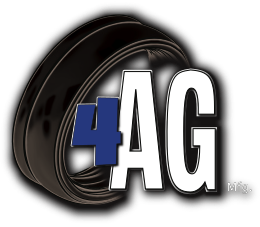Exploring the Value of No-till Farming
What tactics do you use to cultivate your crops? Plow, chisel, disc, ridge plant – all of these tillage technologies have a number of advantages when it is about the growth of plants in drained soils and ensuring a good start to the growing season. If tillage is in your plans, it should be done carefully: mechanical soil manipulation causes erosion, increasing the requirement for fertilizer.
No-till planter is a brilliant move in agriculture. Supporters of no-till crop production, ideal for adequately drainage of soil, do not only produce comparable or even better results in comparison to traditional till approaches but are also able to surpass their cost and their resilience to seasonal variation. Anything that you finalize or purchase for your cultivation helps you to measure the consequences of your practice in the journey.
Soil Erosion Factors
While the laying has value in commercial farming, it helps in acceleration soil erosion. It is a natural part of the landscape that changes over time when wind, water and tillage removes the top soil. However, loss of topsoil in large quantities within a short period of time encourages, low organic matterand soil compaction, soil structure loss, poor inner drainage, salinization and problems of soil acidity. An increased number of extreme climatic events adds pressure to significant soil infrastructure which has already been undermined by commercial use.
The loss of top soil at an enhanced pace may appear to be an inch of erosion over 25 years, which can take hundreds of years, based on the region of your agriculture. Tillage may have impact on the pace of natural erosion by fueling rivers by moving soil to areas converging in an area in which surface water rivers focus. Exposed tillage subsoil is vulnerable to wind and water. Conservation-friendly land management practices can mitigate prolonged impacts on health of soil and future development. Reducing dependence on tillage is a well-established goal for today's business growers in your farm practice.
The primary inclosing of no-till planters aims at maintaining soil health, namely by navigating residues through the layer using effective planting equipment. Non-breeding means taking the less than other methods on the field and focusing on growing more biomass by using plants and residue. The prevailing choice is a maize-soybean crop rotation. By adhering to the herbicide-plant and herbicide-gathering procedure, soya and maize residues retain moisture and prevent erosion and reduce soil loss by 70-100 percent compared to conventional tillage. Maize stalks and dropped grain offer use to wildlife after harvest; tilling does not allow earthworms to produce roots. The conventional methods of till leave the soil surface bare, providing a dark and warm surface that helps in growth, but can contribute over time to compaction and restricted movement of water.
Ask us at 4AG Manufacturing for no-till planter in OKC.

